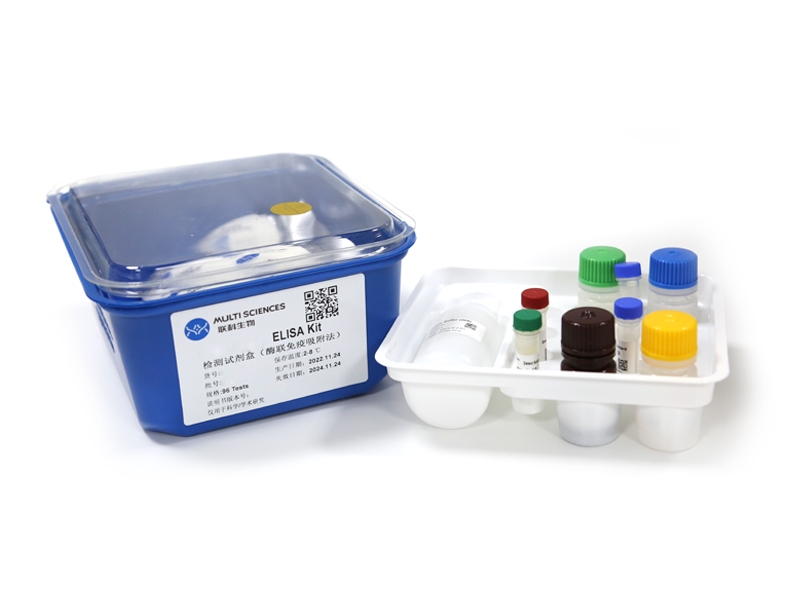Transplantation is the most effective, and sometimes the only resort for end-stage organ failure. However, allogeneic graft suffers greatly from lymphocyte-mediated immunorejection, which bears close relationship with a hyperactivation of endoplasmic reticulum (ER) stress response in host lymphocytes, especially in CD8+ T cells (T-8). Therefore, regulating lymphocytic ER unfolded protein response (UPR) might be a potential therapeutic breakthrough in alleviating graft rejection. Here, ER-targetable liposome is prepared via the surface modification of ER-targeting peptide (Pardaxin), which efficiently loads and directly delivers small molecule inhibitor of UPR sensor IRE1α into the ER of lymphocytes, inducing a systemic immunosuppression that facilitates tumorigenesis and metastasis in the tumor inoculation challenge in vivo. And in vitro, a stage-differential dependency of IRE1α in the phase transition of T-8 is identified. Specifically, inhibiting IRE1α at the early responding stages of T-8, especially at the activation phase, results in a shrunk proliferation, impaired effector function, and limited memory commitment, which might contribute centrally to the induced overall immunosuppression. Based on this, a classical acute rejection model, murine full-thickness trunk skin allograft that primary arises from the hyperactivity of T-lymphocyte, is used. Results suggest that lymphocytic IRE1α inactivation attenuates transplant rejection and prolongs graft survival, with a limited effector function and memory commitment of host T-8. Moreover, an even higher immunosuppressive effect is obtained when IRE1α inhibition is used in combination with immunosuppressant tacrolimus (FK506), which might owe to a synergistic regulation of inflammatory transcription factors. These findings provide a deeper insight into the biological polarization and stress response of lymphocytes, which might guide the future development of allogeneic transplantation.
文章引用产品列表
-
- EK280HS
- 高敏试剂盒
Mouse IFN-γ High Sensitivity ELISA Kit检测试剂盒(酶联免疫吸附法)
- ¥2,000.00 – ¥3,400.00
-
- EK204HS
- 高敏试剂盒
Mouse IL-4 High Sensitivity ELISA Kit检测试剂盒(酶联免疫吸附法)
- ¥2,000.00 – ¥3,400.00
-
- EK202HS
- 高敏试剂盒
Mouse IL-2 High Sensitivity ELISA Kit检测试剂盒(酶联免疫吸附法)
- ¥2,000.00 – ¥3,400.00



